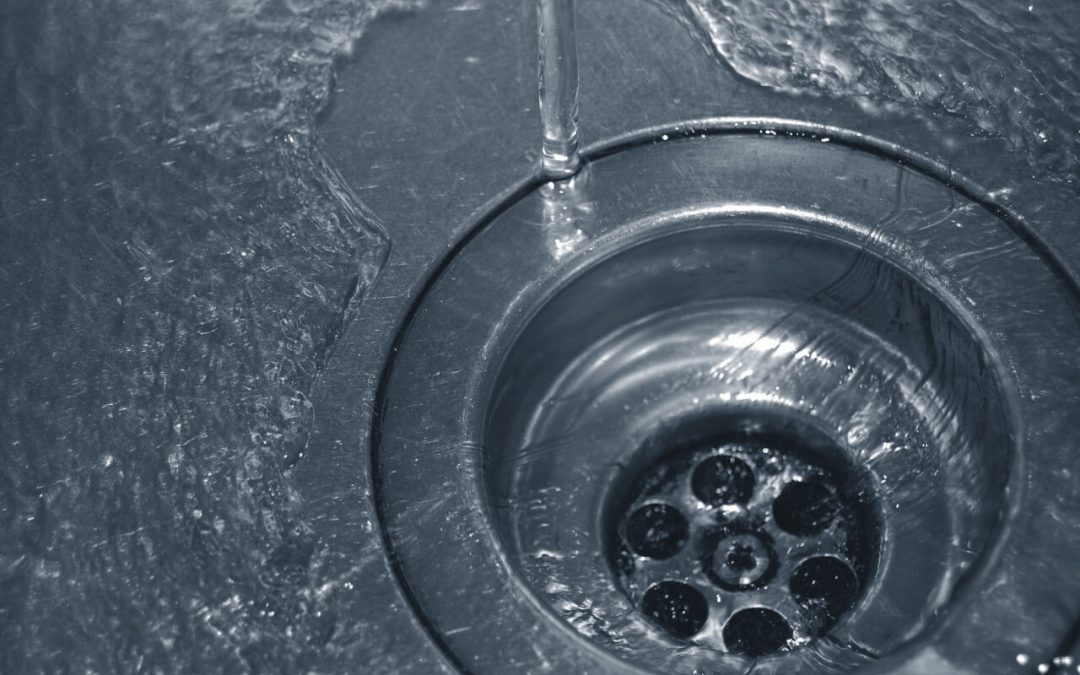Taking steps to save water at home is an easy way to make a big difference for your wallet and the environment. Not only can cutting back on water usage help lower bills, but it can also reduce stress on the local water system. Every drop of water counts, so here are some simple tips and techniques to conserve this resource in your home.
Save Water at Home: Fix any Dripping Faucets
A dripping faucet can waste up to 20 gallons of water daily, so it’s important to repair them immediately. Even the smallest of drips add up if they go unchecked. Most of the time, you can stop a faucet from leaking by replacing a gasket and tightening everything up, so a couple of easy steps can go a long way.
Install Low-Flow Toilets and Showerheads
Toilets use a lot of water, so investing in low-flow models can make a big difference. They’re designed to reduce the water used per flush and still get the job done. The same goes for shower heads—a low-flow head can help you save up to 10 gallons of water or more each shower.
Collect Rainwater for Non-Drinking Purposes
Rain barrels are a great way to collect and store rainwater for things like watering plants, washing your car, and filling a pool. The amount of water you can save depends on the barrel size you get, but generally, it’s a great way to put free water to good use.
Take Shorter Showers to Save Water at Home
Showering is one of the most common ways to waste water at home. If you want to cut back on usage, try taking shorter showers or turning off the water while you’re soaping up. Use a timer to remind yourself when it’s time to get out of the shower.
Wash Full Loads in the Washing Machine
If you have laundry to do, make sure you’re washing full loads instead of small ones. Washing machines use the same amount of water regardless of how much clothing is inside, so you’ll save a lot more if you fit everything into one load.
Use Dishwashers Instead of Handwashing to Save Water at Home
Dishwashers use less water than handwashing dishes, so next time you have a sink full of dirty dishes, consider loading them up in the dishwasher instead. Modern models are designed to conserve as much water and electricity as possible, so they’re still a better choice than handwashing.
Saving water at home doesn’t need to be a difficult task. All it takes is a little effort and knowledge to ensure you’re doing your part for the environment and your wallet. With these six tips, you can start cutting back on water usage immediately.
Marked Improvement Home Inspection offers inspections in the Triangle area of North Carolina. Contact us to request our services.

